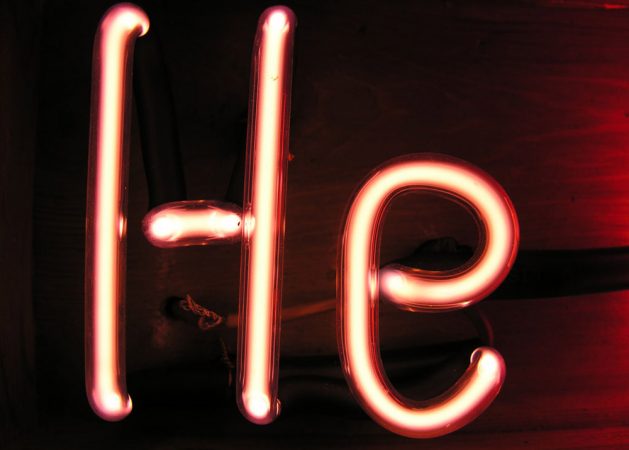Helium: Not so super after all
An exciting discovery in physics turns out to be merely a case of mistaken identity

Sometimes amazing results turn out to be just too amazing to be true. It’s an embarrassing truth that physicist Moses Chan of Pennsylvania State University and his colleagues have just had to acknowledge publicly.
In 2004, Chan reported remarkably strange experimental results. He’d found a solid material that when chilled to supercold temperatures flowed without slowing down. This material appeared immune to friction — something that should not be possible. (Imagine how fast you’d slide down a hill without friction to slow you somewhat!) Scientists began referring to such friction-free materials as supersolids, and before long some researchers were trying to make their own.
But now Chan reports that his team’s 2004 results were indeed too strange to be true. After repeating his experiment, Chan failed to confirm friction-free motion. What he thought had been supersolidity was actually just the test material becoming stiffer.
Chan told Science News he now feels “a sense of disappointment.”
Supersolids were the latest superstuff to catch the interest of physicists, scientists who study matter and energy. Superconductors are materials that can carry electric currents without disruptions. Superfluids don’t obey the rules we’re used to; they may flow up and over the side of a container. Supersolids would have been like superfluids, able to flow without friction. Friction is the force that slows down the motion of two touching things moving past each other. When you rub your hands together quickly, the heat you feel is from friction.
Chan worked on the first experiment with Eunseong Kim. The two scientists used helium, which we usually encounter as the gas used to blow up party balloons. (Lighter than air, helium can help balloons float above the ground.) Like all matter, helium can exist as a solid, liquid or gas. Chan and Kim didn’t use helium gas; they used a solid form, which exists only at extremely low temperatures. They put the solid helium in a glass cylinder and put that in a device that twisted it one way and then the other, reversing direction 1,000 times per second.
Then came the curious part: When the scientists lowered the temperature further still, the cylinder began twisting faster. This increase in speed suggested some helium atoms had broken free of the solid and were acting more like a liquid, flowing without friction to slow them. That suggested some of the helium had transformed into a supersolid.
But in his team’s latest study, Chan found an error that he’d missed the first time around: A glitch in the construction of the twisting cylinder. And this mistake threw off the measurements. Although the error was tiny, it was large enough to confuse the researchers. What they had thought was a supersolid turned out to be solid helium becoming stiffer. Chan’s team reported its findings October 8 in the journal Physical Review Letters.
Chan may not have found a supersolid, but some scientists say his work may still help illuminate strange new phenomena. And Sébastien Balibar, a physicist at the École Normal Supérieure in Paris, told Science News that he hasn’t given up hope that supersolids will appear one day.
“I bet that in 10 years they discover it,” he said. “But it’s a risky bet.”
Power Words
friction The resistance that one surface or object encounters when moving over or through another.
physics The branch of science that deals with matter and energy.
helium An inert gas that is the lightest member of the noble gas series. Helium can become a solid at -458 degrees Fahrenheit (-272 degrees Celsius).







